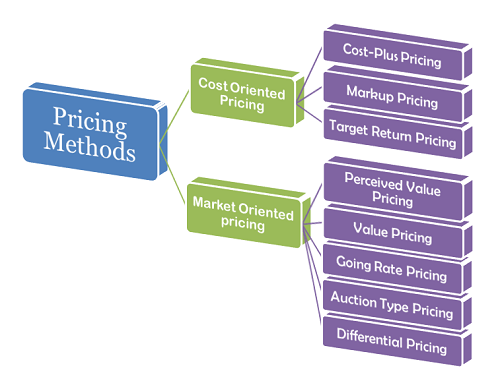Definition: Markup is a term used to define the difference between the cost of any good, service, or financial instrument and its current selling price. In other words, it is the result of subtracting selling price minus cost. What Does Markup Mean? What is the definition of markup? Markup definition is - an amount added to the cost price to determine the selling price; broadly: profit. How to use markup in a sentence. Markup (or price spread) is the difference between the selling price of a good or service and cost. It is often expressed as a percentage over the cost. A markup is added into the total cost incurred by the producer of a good or service in order to cover the costs of doing business and create a profit.
- Markup The Price Meaning
- Markup Price Meaning Dictionary
- Markup Price Meaning Medical
- Price Markup Calculator
- How Do You Find The Markup Price
What is Markup Pricing?
Markup is the amount that a retailer adds to price of a product before selling it to a customer. The markup ratio is the percentage difference between the actual cost of goods sold (COGS) and selling price. Understand your true cost of goods sold (COGS) with inventory and purchasing software made for brands.
Markup pricing or cost-plus pricing is a pricing strategy where the price of a product or service is calculated by adding together the cost of the products and a percentage of it as a markup. The percentage or markup is decided by the company usually fixed at the required rate of return. Such a markup pricing strategy is in contrast with fixed-pricing strategy which is used when cost estimates can be made with reasonable accuracy.
Markup is most often used in public utility pricing, product tailoring like designing jewelry, and in government contracts, which has received criticism for encouraging wasteful expenses. In another scenario, maintained markup is used goods don't sell and prices have to be reduced.
Formula & Example for Markup Pricing
In order to determine the cost on which you plan for markup pricing, the fixed cost and the variable cost are determined for an assumed quantity and a portion is added depending on the planned rate of return. When calculated at a good level the price equation is as follows:
Card quest torrent. P = AVC + AFC + X/Q
Where,
AVC is the average variable cost
AFC is the average fixed cost
X/Q is the markup per unit
e.g. AVC is 50$ and AFC is 8000$ and seller wants to earn 1000$. Total sold units are 100.
Price =50$+8$+1000$/100
=68$
Advantages of Markup Pricing
The several benefits of markup pricing strategy are:
1. Enables vendors to easily calculate profits.

2. Requires little information as information on demand and costs might not always be available.
3. Markup pricing provides the means by which fair prices can be easily found.
4. Miracle box 2.88 setup download. Prices based on full cost are more morally defensible and allow for revision of final prices based on changes in price of raw materials etc.
Markup The Price Meaning
5. Markup pricing reduces the cost of decision-making.
Disadvantages of Markup Pricing

Some of the drawbacks of markup pricing are
Markup Price Meaning Dictionary

1. Provides incentive for inefficiency
2. Markup pricing Includes sunk costs rather than just using incremental costs
Markup Price Meaning Medical
This article has been researched & authored by the Business Concepts Team. It has been reviewed & published by the MBA Skool Team. The content on MBA Skool has been created for educational & academic purpose only.
Browse the definition and meaning of more similar terms. The Management Dictionary covers over 2000 business concepts from 6 categories.
Search & Explore : Business Concepts
Price Markup Calculator
How Do You Find The Markup Price
